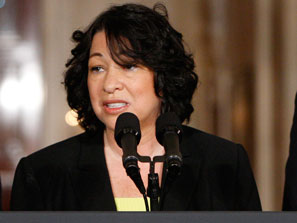The long-awaited Supreme Court decision in Melendez-Diaz v. Massachusetts finally came down on June 25, 2009. See my prior post here. Neither the majority opinion nor the dissent yield many clues about what took so long (this was the last case from the Court’s November sitting), and on the surface at least there is little that is portentous. Yet the case is ultimately about far more than hearsay evidence in criminal trials. It reveals significant discord about the nature of the modern adversary trial as well as skepticism over the use of science in the courtroom.
The case addressed whether the government may introduce a crime laboratory report (hearsay) against a defendant without calling as a witness the analyst who performed the test. The Court held that such reports are manufactured expressly for use at trial against the defendant; hence, they constitute “testimonial hearsay” that cannot be introduced without the declarant (the lab analyst) on the witness stand, available for cross-examination.
 Paul Secunda has an interesting guest post on the ACS Blog regarding the role of the Ricci case in the confirmation hearings. Meanwhile, over at the Federalist Society website, our former colleague Scott Moss is part of a lively ongoing debate on the hearings.
Paul Secunda has an interesting guest post on the ACS Blog regarding the role of the Ricci case in the confirmation hearings. Meanwhile, over at the Federalist Society website, our former colleague Scott Moss is part of a lively ongoing debate on the hearings.